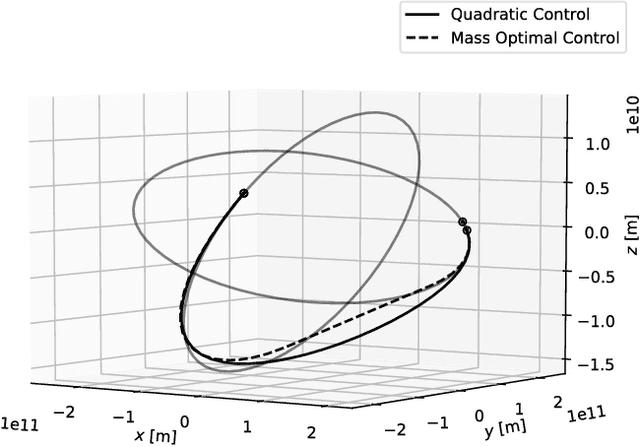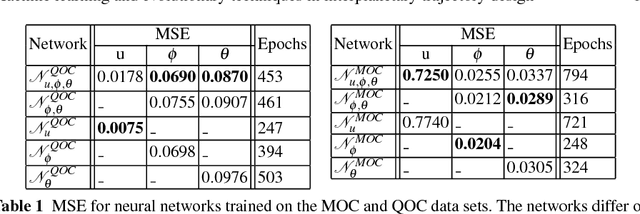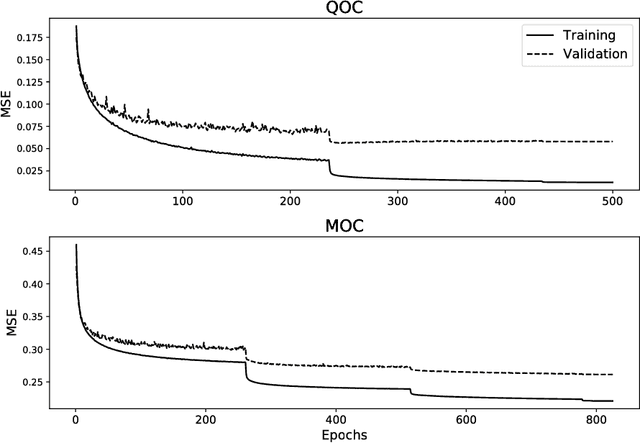Machine learning and evolutionary techniques in interplanetary trajectory design
Paper and Code
Sep 28, 2018



After providing a brief historical overview on the synergies between artificial intelligence research, in the areas of evolutionary computations and machine learning, and the optimal design of interplanetary trajectories, we propose and study the use of deep artificial neural networks to represent, on-board, the optimal guidance profile of an interplanetary mission. The results, limited to the chosen test case of an Earth-Mars orbital transfer, extend the findings made previously for landing scenarios and quadcopter dynamics, opening a new research area in interplanetary trajectory planning.
* Submitted to as a book chapter for a Springer book on "Optimization
in Space Engineering"
 Add to Chrome
Add to Chrome Add to Firefox
Add to Firefox Add to Edge
Add to Edge